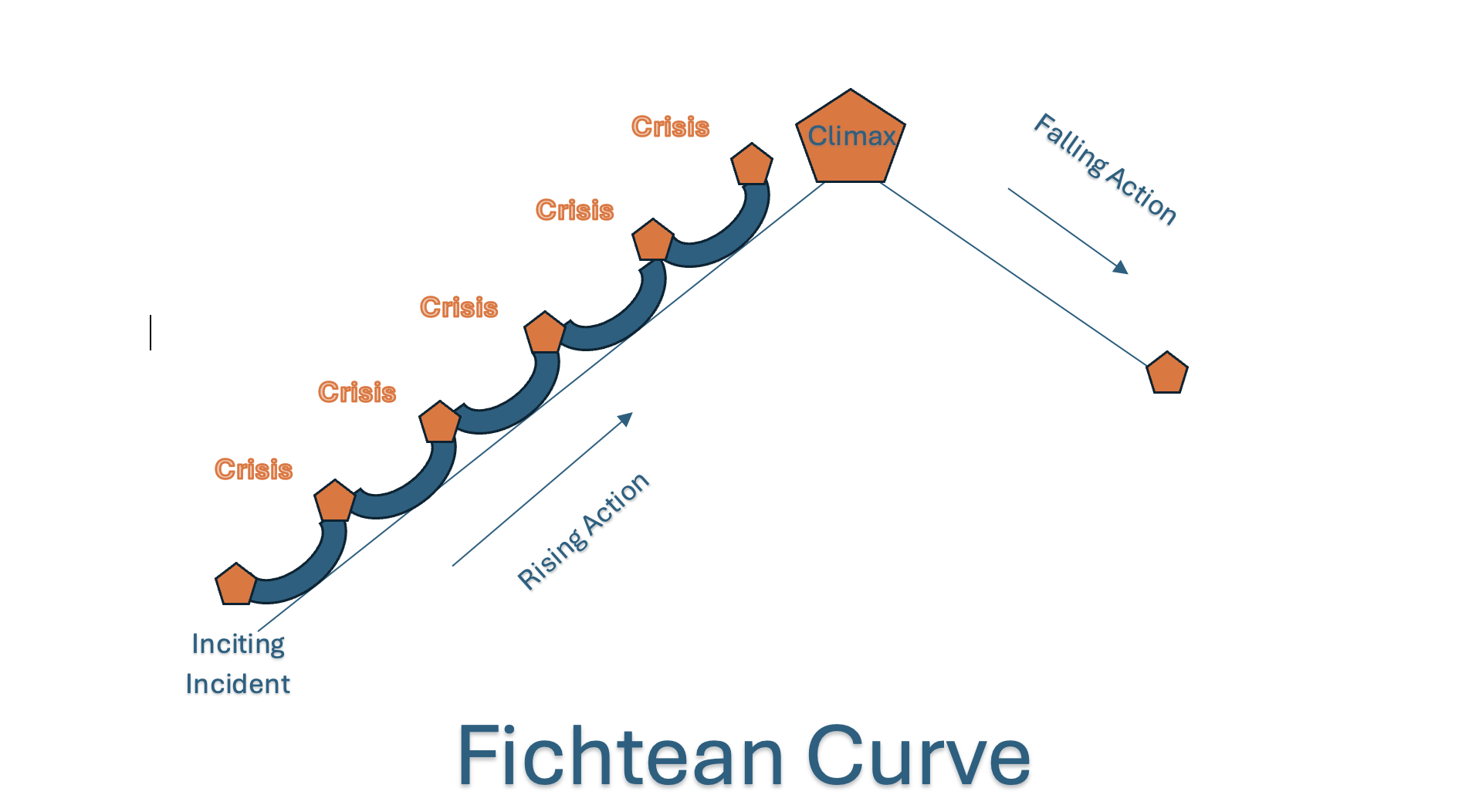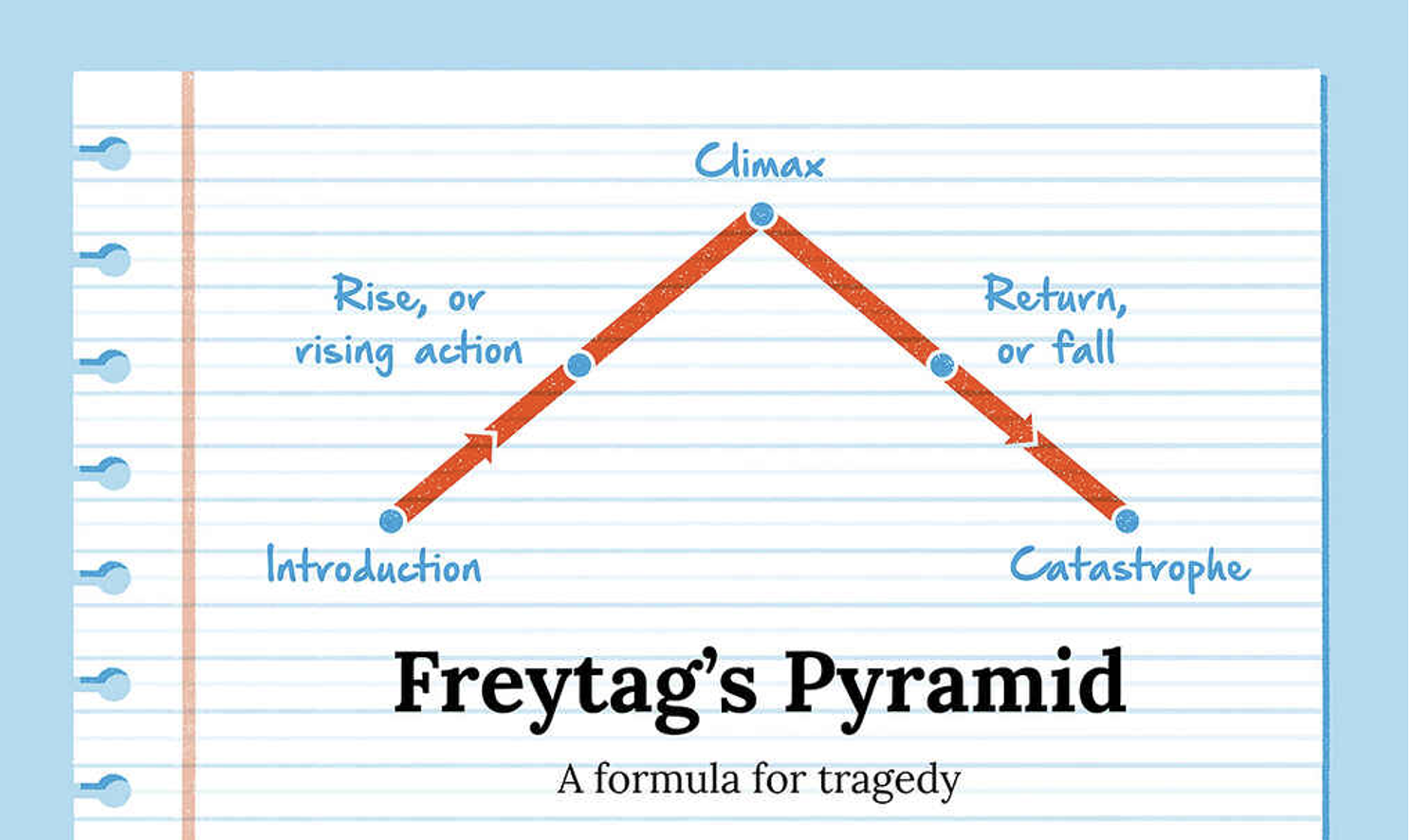8 Suggestions for Incorporating Elements of Real Life in Your Fiction
Pauline J. Grabia participates in the Amazon Services LLC Associates Program, an affiliate advertising program, and earns from qualifying purchases from links in this post.
Please subscribe to my email newsletter for updates on my website and blog, and exclusive access to exclusive material in the Subscriber Content page of this website (see menu bar above). New content will be added regularly. You can sign up in the form found in the footer of this page. Thank you!
Is it a Good Idea to Incorporate Real Life Stories or Elements in Your Fiction?
Even when I try not to incorporate real-life elements or stories in my fiction, I've found that it ends up happening anyway. The reason for this is simple: as writers, we naturally draw upon our personal experiences and emotions in creating characters and plots. How could we not? That’s where a great amount of inspiration comes from.
Real-life elements or events can add to the authenticity of the emotions generated by characters in your story. They can make settings for these events come alive because you, as the writer, have personally experienced them. The characters you create based on real-life people can be more three-dimensional and complex, adding interest and relatability for the reader. It’s normal and acceptable to incorporate real life in your fiction. I used real-life experiences and events as inspiration for the plot of my novel “Filling the Cracks,” the first ten chapters of which I posted on my blog (to read Chapters Eleven through Twenty-five, you must subscribe to my email newsletter at my website, www.paulinejgrabia.com). If you want to incorporate real-life elements and stories in your fictional stories, I have 8 suggestions you follow for best results.
1. Be patient. Wait for the real-life story to end completely before you write about it. It’s difficult to relate an event unless it has completely unfolded accurately. Once you know the beginning, middle, end, and aftermath, you can more accurately and completely incorporate the real-life event. Until then, you’re only working with incomplete facts and details. This is especially true if you use news stories or current events instead of something that personally happened to you or someone you know.
When I wrote Filling the Cracks, much of Beth Clark’s life experiences came from events that happened directly to me or to people whose stories I know well. These events happened long ago, so I have the full perspective on what happened: beginning, middle, and end. I know what resulted from those events. That gives me a greater ability to use these real events, knowing how they turned out, and allows me to decide what realistic aftermath would be in my fictional recounting.
2. Research the facts surrounding the true story, even if it happened to you. You may think you remember all the relevant facts, but our memories are imperfect as human beings. We often forget or overlook details important for readers. This is especially true when writing a historical piece of fiction. Dates, places, names… they all take on significance when writing about events in a specific period. After all, if the event you are incorporating took place in the 1970s, knowing popular names, current events, and locations from that period could be useful. For example, in Filling the Cracks, I didn’t mention anything about my characters going to Starbucks for coffee because, in the early 1980s, we didn’t have Starbucks coffee shops in Alberta, Canada. If I mentioned Starbucks, it would be an anachronism, a blunder. So, get your facts straight.
3. Do your best to be objective and dispassionate when writing. Don’t let your bias get in the way of a good story evolving from actual events. When incorporating events from our real lives, it’s easy as writers to allow our personal biases to get in the way. It’s important to remember that we are writing these events into our fiction from another character’s perspective. Their take on the event might differ from how we interpreted it when it happened to us. Don’t allow this bias to interfere with the consistency of your characters, plot, or theme. Remember, you’re writing about something based on real life, but this is a fictional event you are creating. So be objective. In Filling the Cracks, I based much of what Beth Clark endured on my childhood experiences, but I didn’t stick to those personal events religiously. Instead, I used them as inspiration and drew upon my imagination to flesh out how similar experiences might occur for Beth, a different child with different traits and personality from who I was as a child her age. Both Beth and I lost our fathers young. My father died just before I turned eight years old. In Filling the Cracks, Beth’s father abandons her family when she is around the same age. My emotional reactions to losing my dad to death are not necessarily how she would perceive losing her father to abandonment. By remaining objective, I can write from her point of view, not my own. I keep myself as the narrator out of the fiction.
4. Start with the true story or real-life event, then give your creativity free rein to run with the idea, even if it takes on elements that differ from what transpired. Remember: this is fiction you are writing, not a memoir. What you incorporate into your fiction doesn’t have to align with or remain exactly true to the events unfolding in reality. You are creating a new story with original characters and plot, and the real-life event you are using is a jumping-off point for your imagination. If you want all the details and facts to remain identical to real life, write a memoir, not fiction.
5. If the details of the real-life event you are incorporating closely match a real-life person or situation too closely, you might want to change specific details. This is a good idea for legal reasons. The person or persons involved in the real-life story may not appreciate you using their details in your fiction and putting their life on public display. You could find yourself being sued. To avoid such legal complications, do yourself and others a favor—change names, dates, and other specific details that would likely expose the identity of the person or persons involved in the real-life event. For example, I was sexually and physically abused by a family member as a young child. Still, I changed their name, description, and relationship to the character of Beth in my novel Filling the Cracks so that only those very intimately aware of my background might venture a guess at the true identities of the person I based Beth’s abusers on.
6. If the real-life elements or situation you are incorporating into your fiction closely involves family or friends, you should get their permission to include them. This recommendation is tied to the one made in number 5. Suppose you are involving a fictional character in your story based very closely on a family member, friend, or close associate. In that case, you may want to change not only important details to distract from the identity of the person inspiring your character, but you might also want to ask that real-life person’s permission to use their story or part of the story in your fiction. The last thing you should do is offend people close to you by putting their lives on display without their consent. This can usually be avoided by changing details as described above. If you choose not to do that or can not do that for some reason, then asking permission can save a lot of hard feelings and potential legal problems. Your relationships and legal footing are more important than your storytelling.
7. Change the setting, period, or context to make it more interesting or exotic. Let’s face it—for most of us, life isn’t all that interesting when writing about it in fiction. Are you a private detective, cop, or soldier of fortune? Are you a genius scientist or a miracle-working doctor? Are you a billionaire with homes worldwide and fancy yachts waiting for you in every port? No? Neither am I. I’m a homemaker and a student who lives in a small bungalow in a small city in Alberta, Canada, and there is little exotic or exciting about my life. That doesn’t mean that certain real-life events or experiences I’ve had can’t be used to create great fiction, but let’s face it: Readers want their protagonists, settings, and plots to hold some unique specialness or exotic nature about them. My life wouldn’t make compelling fiction. I venture that’s true of most writers. If you have something exotic and unique about you or your life, great! Write on, my friend! But if you’re normal (boring?) like me, it might be a good idea to adapt your real-life story by changing the setting, period in which it takes place, or context to make it more compelling. You want to write a page-turner, not a snore-fest. In Filling the Cracks, Beth comes from a poor family in small-town Alberta without much intrigue. Still, I try incorporating more exciting settings as part of the novel to add flavor and interest. The whole point of Filling the Cracks is to point out how, in our everyday lives, children are being abused and fall through the cracks of a system that is supposed to be protecting them so that I couldn’t make my setting or time period, too exotic from that of your average Canadian. Still, as a rule, it doesn’t hurt to spice up real life with some fun imaginary settings and context when you can.
8. For fun and to add interest, combine several real-life elements or situations in the same story or scene. This isn’t always possible or advisable, but if you find your plot lacking or falling flat, incorporating several stories or elements from your real-life experiences might be just what your story needs. After all, real life is one of our first resources for inspiration when we write. In Filling the Cracks, I use multiple real-life stories or elements to create my characters or plotline. Many of my characters are based loosely on people I’ve known in real life, though not all. Some events that occur to Beth in her normal, everyday life are like events that occurred to me. One example is when Beth remembers enjoyable moments with her father when he would take her fishing. My dad took me fishing when I was a little girl, and they are among the fondest memories I have with my dad, times I treasure in my heart.
Use Wisdom and Discernment when Including Real-life in Your Fiction.
One thing to remember when utilizing real-life events in your fiction is to use wisdom and discernment in deciding what elements and events to use and how to incorporate them. You don’t want to use anything that will cause you legal or relationship problems. You want to keep your facts straight and accurate while allowing your imagination to take the real-life event and run with it, creating something original, fresh, new, and relevant to your characters, plot, and theme. Understand the story you are incorporating so it will be translated into your fiction completely and logically. Most of all, have fun and be creative. You are writing fiction, not memoir or biography. You can go “off-script” from real life if it makes your story better for doing it. Happy creating!
I hope that this article has been helpful to you. Please let me know in the comments and share it with others if it has. If you have any questions or comments, please share them in the comments section below. I’d love to hear from you.
Please subscribe to my email newsletter. By subscribing, you will receive advance notice of upcoming blog posts, news updates about my website and publishing journey, and exclusive content available only to subscribers on my Subscriber Content page. This content currently includes the Prologue and Chapters Eleven through Twenty-Five of my novel Filling the Cracks, the first ten chapters available to the public on my blog. If you want to read the novel's conclusion, subscribe! You can begin with Chapter One here if you haven’t read Filling the Cracks.
Thanks again for reading! Check out my social media accounts and return for another informative post next week. God bless you richly!
Pauline J. Grabia





In previous posts, we have explored various forms of story structure, including Freytag’s Pyramid, the Fichtean Curve, and the Hero’s Journey. Each of these is an effective story structure for a writer, depending on the narrative. The Three-Act Story Structure is one of the most used story frameworks in literature and film. This structure divides the story into three main sections or acts: Act 1, the Setup (or Beginning); Act 2, the Confrontation (or Middle); and Act 3, the Resolution (or Ending). This will not be a comprehensive exploration of the three-act structure, as there are other blogs listed at the end that do a much better job than I could of deeply examining the elements of this structure.